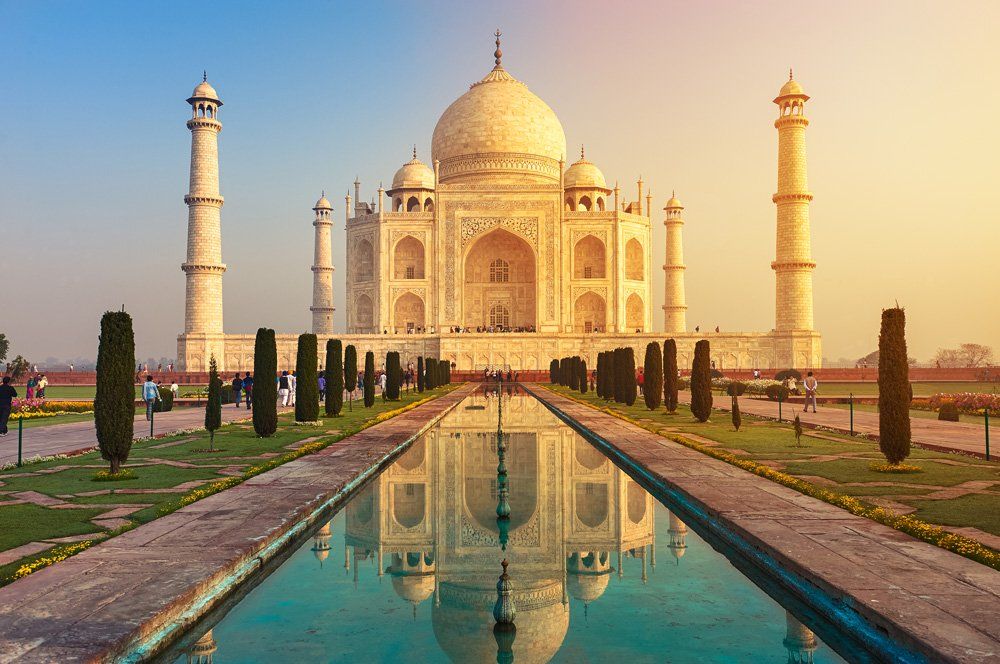Day 2: Explore Old and New Delhi
Day two is an immersion in the contrasts between Old and New Delhi, from its historic heart to its modern outskirts. Your plan will be ambitious, but trust us, it will be worth it. Comfortable shoes and a little patience will get you a long way as you navigate centuries of history and a vibrant, chaotic present.
Things to do
Your day will begin with a trip to Old Delhi, where the streets have become a whirlwind of rickshaws, spice markets and historical monuments. In the afternoon, switch gears and explore New Delhi, where wide avenues, government buildings and upmarket cafes tell a different story of the city.
Wander through Chandni Chowk and Jama Masjid
Start at Chandni Chowk, Old Delhi's bustling bazaar that's been alive since the 17th century. Here you'll find everything from colorful textiles to flavorful street food (pro tip: don't leave without trying the paratha from the legendary Paranthe Wali Gali Gali).
Next, head to Jama Masjid, India's largest mosque. Climb one of its minarets for a view of the chaos below - from this vantage point, the rickshaw rumbles will seem extraordinarily poetic.
Explore the Red Fort
Just a short walk or rickshaw ride from Jama Masjid, the Red Fort is a must-see. This massive sandstone fortress was once the seat of Mughal power, and its imposing walls tell stories of India’s imperial past.
Take your time here — it’s a sprawling complex with lush gardens, ornate halls, and plenty of shady spots for a breather.
Head to New Delhi: India Gate and Rashtrapati Bhavan
After a chaotic morning in Old Delhi, New Delhi’s wide boulevards will feel like a welcome change of pace. Start with a visit to India Gate, the 42-meter-high war memorial that anchors the heart of the city.
From there, stroll down Rajpath to Rashtrapati Bhavan, the official residence of India’s President. You can’t go inside without booking a tour in advance, but the grand architecture is worth seeing up close.
Visit Humayun’s Tomb
Wrap up your day with a visit to Humayun’s Tomb. Often called the “precursor to the Taj Mahal,” this stunning Mughal monument is surrounded by perfectly manicured gardens, making it a peaceful way to end your Delhi adventure.
Editor's tip: Seen it all and been everywhere? These lesser-known spots in India might just inspire your next adventure.












